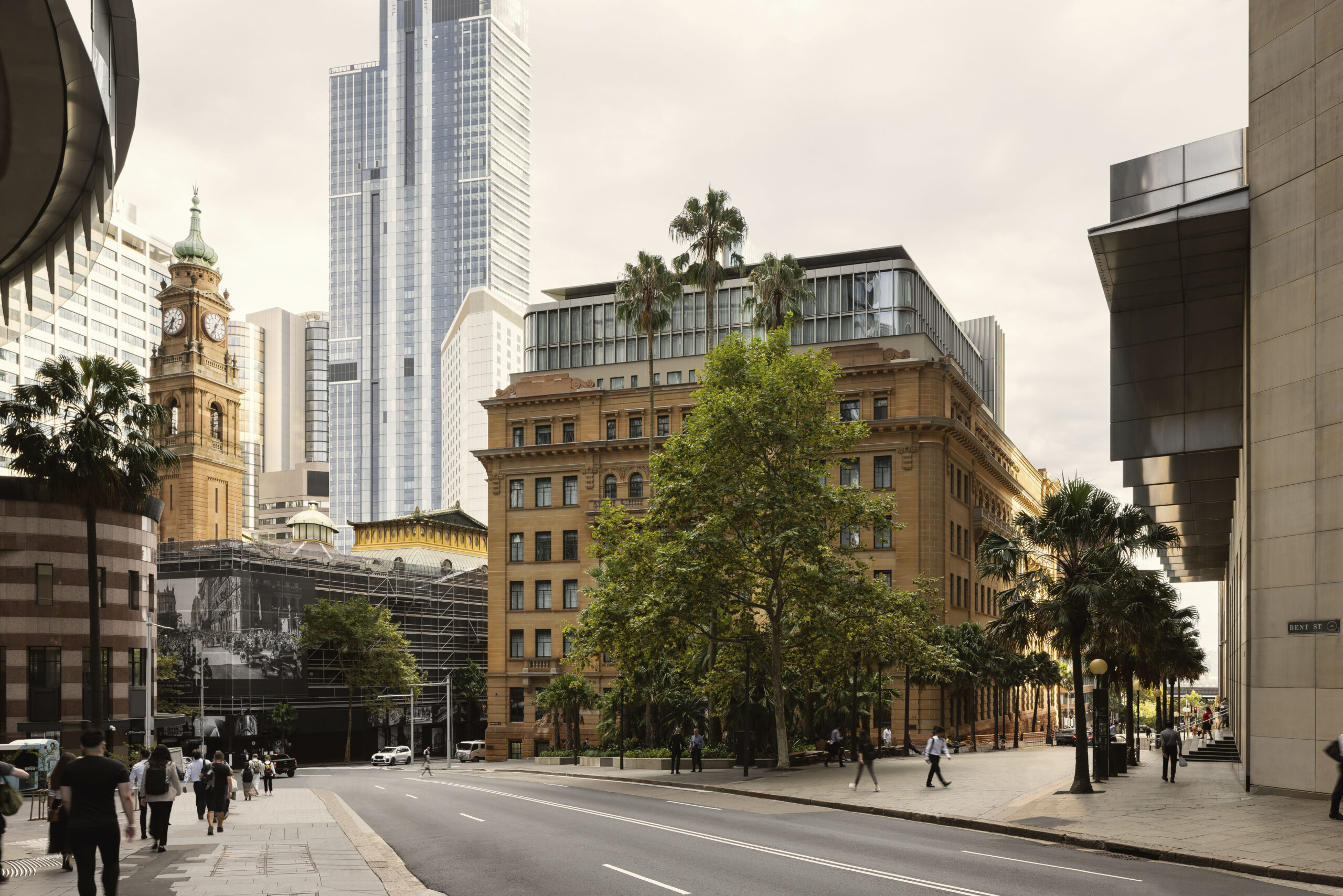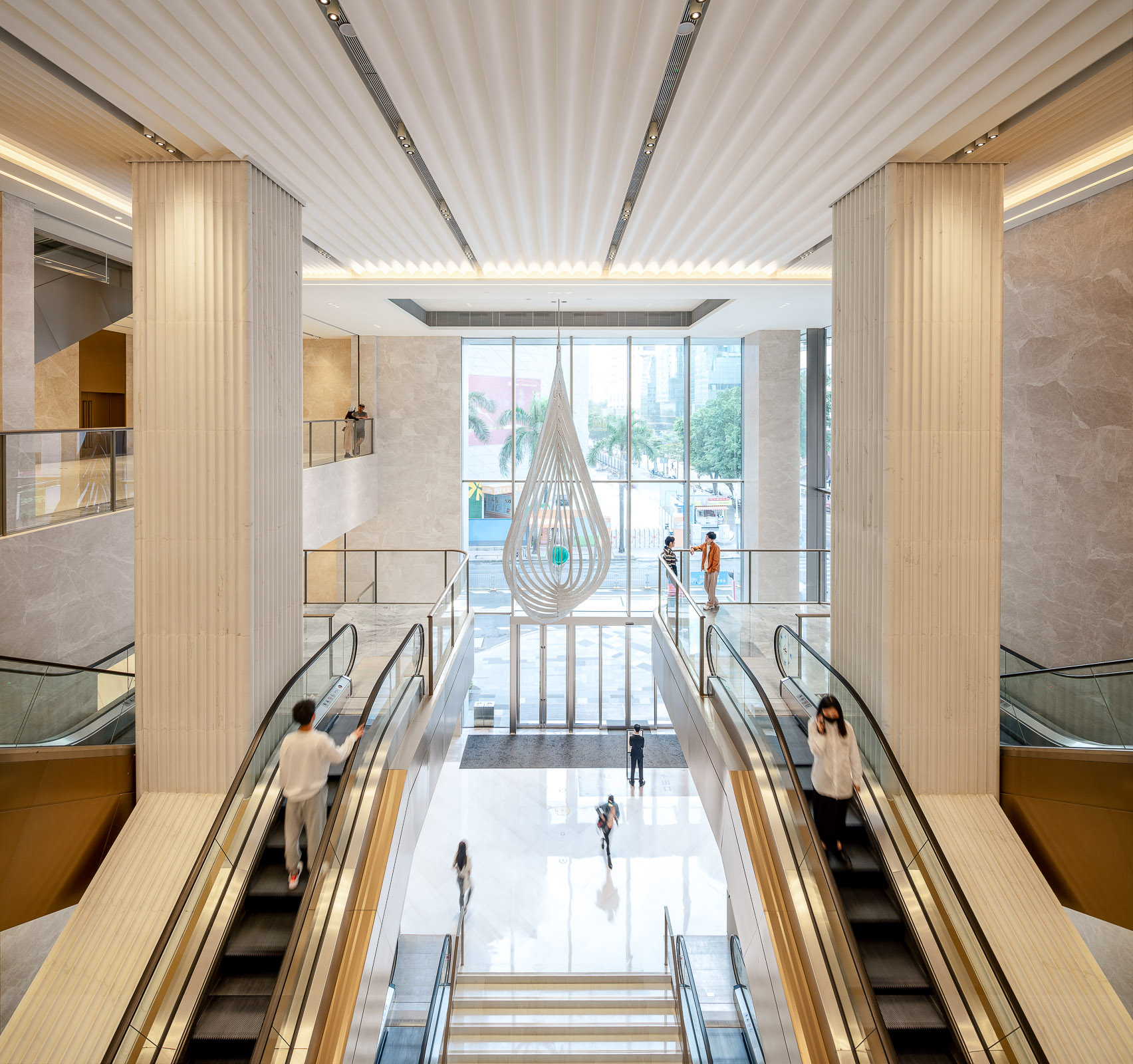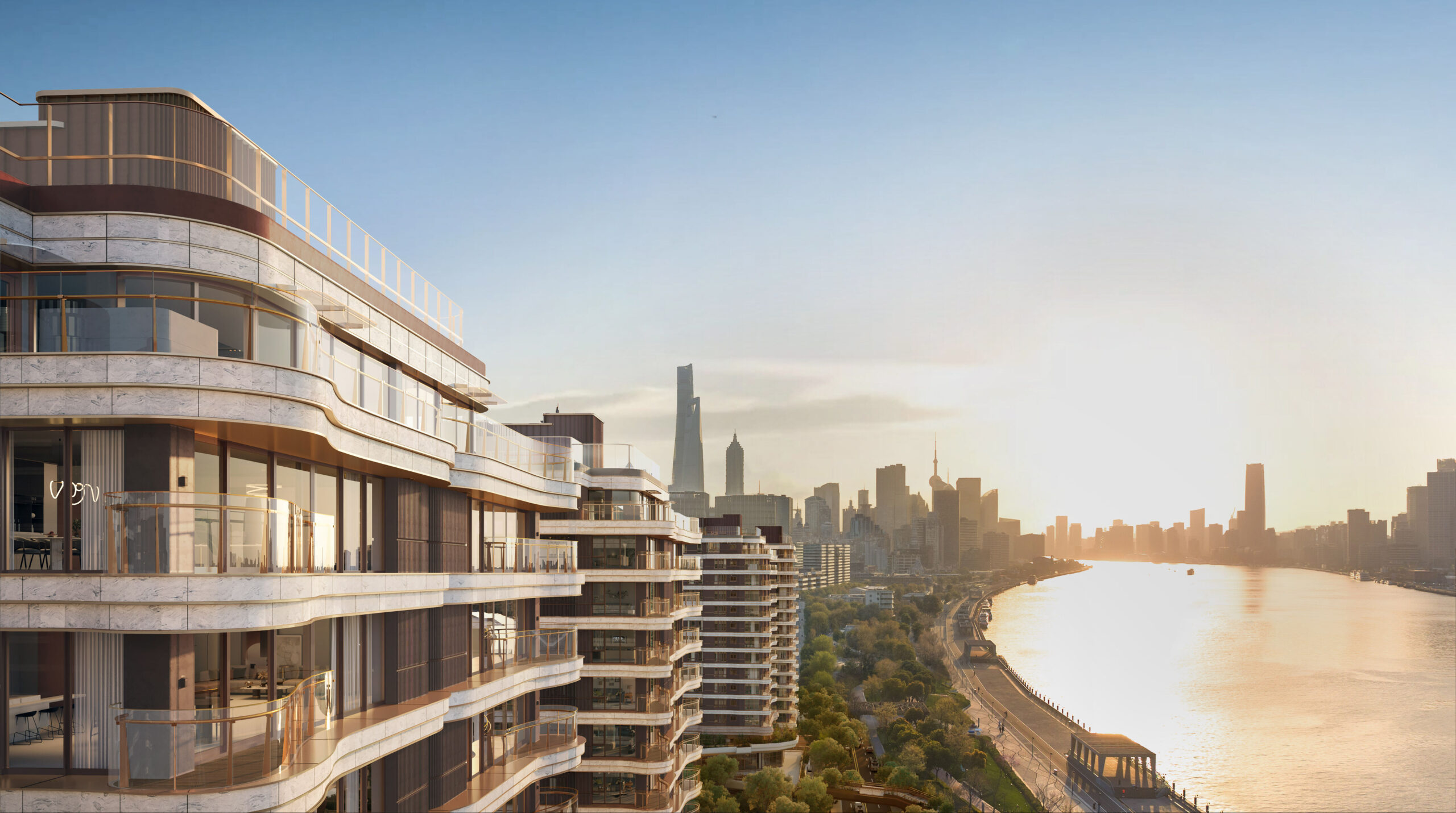
Different future
So, I’m glad that embracing a different future is part of office agency too. Equally there has been a recent flurry of debates and discussions and forums around the need for adapting the legal and financial process of property sales and acquisitions. Again, long overdue. So now comes the call to urge all parties to be equally brave when considering the design.
It’s probably not unreasonable to say as developers, designers and agents – we are naturally inclined to make projects similar to the last one because it makes leasing the space easier. It’s a known quantity. That’s understandable, but perhaps also it is slowing down the rate at which we can implement real change in the market.
Perhaps this is a more familiar argument in residential design: that the volume housebuilders are returning to tried and tested formulaic designs – partly due to cost and partly to cater to the market. And whilst these are certainly factors that shouldn’t be ignored, it is also apparent that progression has to start somewhere. Houses, offices, retail. All buildings should be looking at how they can improve, how they can be more efficient with resources, how they can cater for future needs of their occupiers.
I’m not tarring us all with the same brush, but I’ll bet for every dramatic new change in office design, there are a dozen others where one party, be it agent, developer, engineer or architect has put the brakes on a bold new scheme because it’s ‘too different’, or because the ‘market’s not ready’ or because ‘it won’t be understood’.
Just like the innovative clients are willing to create spaces for a whole new generation of occupier – occupiers who will undoubtedly be looking for a blurring the traditional boundaries of office space and amenity – so too should the best consultants be looking to the future to see what the market will asking for tomorrow, not today.
Potentially there’s room in the industry for more knowledge sharing to encourage thinking outside of the box and risk taking.
Partnering up
For example, it is a common practice in architecture for practices to partner up when working overseas with smaller, local practices. The reason being that the smaller practice can teach the international brand about local regulations and protocols, as well as the specifics of the location and climate that the international practice might be unaware of. In reverse, the smaller practice learns tips and techniques from the international brand. We have built up some superb working relationships in this manner.
Could this be an idea that is translated into development or agency? Potentially smaller developers and agents are hired by the more forward thinking tenants, looking for new kinds of space and new ways of working. The larger companies are the ones with the resource to put into R&D – is there a partnership to be made that can benefit both?
We all know that our buildings need to change – need to adapt to technology, to density, to changing demands. But I wonder how much change we’re actually seeing. Who is brave enough to actually be at the curve? I wholeheartedly applaud the new technology investment by JLL, but I’d encourage similar ‘brave new future’ approach to the design stages too.
Originally posted in Ken’s column on EGi.






































































































































































































































































